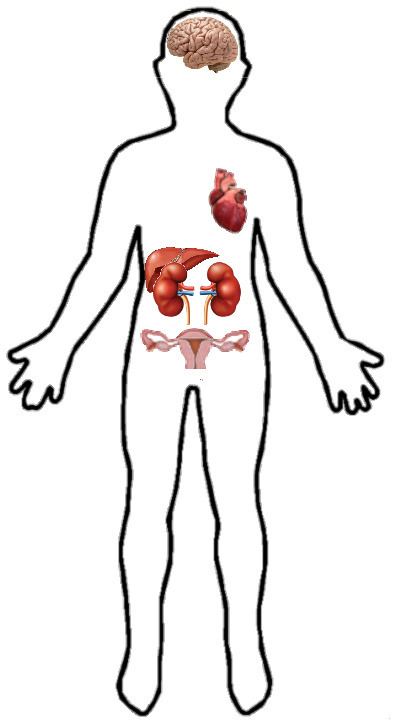Symbol EDH3 | Alt. symbols PAST3 | |
 | ||
Eps15 homology domain-containing protein 3, abbreviated as EDH3 and also known as PAST3, is a protein encoded by the EHD3 gene. It has been observed in humans, mice and rats. It belongs to the EHD protein family, a group of four membrane remodeling proteins related to the Dynamin superfamily of large GTPases. Although the four of them are 70-80% amino acid identical, they all have different locations. Its main function is related to endocytic transport.
Contents
Primary structure
The primary structure of a protein is related to which amino acids a protein is made of. EHD3 has 535 amino acids, of which almost three-quarters are common in the four EHD proteins. This protein has a molecular mass of 60887 Daltons.
Secondary structure
The secondary structure of the EHD3 protein still remains unknown.
Tertiary structure
The tertiary structure of a protein involves the domains it is formed of. EHD3 protein is formed of four different domains:
Post-translational modifications
Protein post-translational modifications (PTM) increase the functional diversity of the proteome by the covalent addition of functional groups or proteins, by the hydrolisis of peptide bonds that link amino acids together or by the degradation of differents parts of the protein. The EHD3 protein suffers three kinds of amino acid modifications:
Functions
The EH domain is a common motif in a family of proteins involved in endocytic trafficking. This family of four paralogs (EHD1-EHD4) has been implicated in receptor intracellular trafficking, particularly in internalization and recycling to the plasma membrane. The list of functions of EHD proteins is just starting to be populated.
EHD3 is a moonlight protein, which means it can perform different functions depending on the tissue where the protein is located. The main functions are the following:
Gene
The gene that encodes the human EHD3 protein is located in chromosome number 2, most specifically in the 23.1 region. On the other hand, the murine EHD3 gene is located in chromosome 17, in the 21st region. The human gene is formed approximately of 35,438 bases.
Both the human and the mouse genes contain a polymorphic (CA) repeat in their 3'UTR. Specifically, human tissue presents two, 4.2- and 3.6-kb, EHD3 RNA species. While the gene is highly expressed in heart and brain, it is moderately expressed in kidney, ovary, liver and placenta.
Location
EHD3 protein has been found in humans and mice. It can be mainly found in human heart and brain, as well as kidney, ovary and liver.
EHD3 (expressed as a green fluorescent fusion protein) was localized in endocytic vesicles, mostly in recycling vesicles, and in membrane tubules, which implicates the N-terminal domain. Therefore, is not rare that this protein regulates the microtubule-dependent movement.
Mutagenesis
Diseases
The lack or malfunction of this protein in the human body can cause some diseases such as heart failure or a depressive disorder. Losing EHD3 is also known to be an early step towards glioma formation.
Major Depressive Disorder (MDD)
Women are more propense to depressive disorders and anxiety than men, although the reason is still unknown. Still, recent studies have shown the direct relation of some genes and their encoded proteins with the disease, including EHD3. Three SNPs have been found in the gene that are concretely linked to MDD and anxious behaviour exculively in female patients, which suggest a gender differenciating role in MDD.
EHD3 in glioma formation
Since EHD3 is most abundantly expressed in brain tissues, its role in brain cancer progression has been investigated.
EHD3 gene has got functions as a tumor suppressor gene and the loss of its expression is a very common event in gliomas. The loss of EDH3 transcripts is observed even in the least advanced grades, I and II, suggesting that EHD3 loss is an early event during gliomagenesis. Moreover, EHD3 has growth inhibitory functions and induces a G0/G1 cell cycle arrest and apoptotic death. It is possible that the proapoptotic role of EHD3 involves functions not related to its role in trafficking, but rather to its ATP/GTP-binding ability and possible impact on protein kinase signaling.
